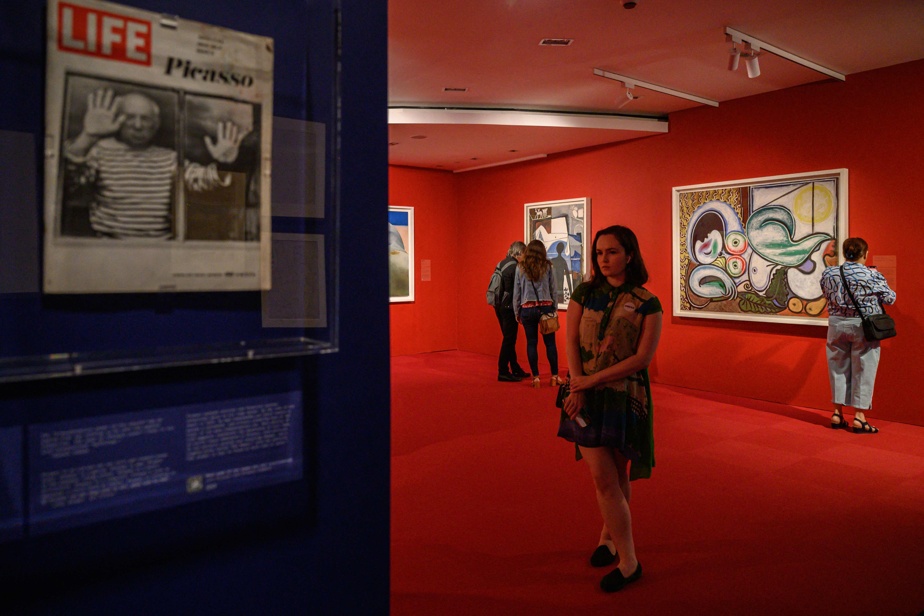Lisa Small: Shortly after Hannah Gadsby’s show Nanette launched, we were lucky enough to see her at the museum. We realized that we shared with her an interest in how to deal with the overlooked and problematic biographies of many creative “heroes”. Then the Picasso Museum invited us to participate in the 50th anniversary project.
Catherine Morris: We thought about works in our collection that actively reassess the modernist canon. Many of the feminist works in the expo are by artists who have a deep interest in European modernism while using their vision and their lives to enrich it.
Catherine Morris: Reconciliation may not be necessary. Picasso elicits strong feelings about his art, his life, and the markets that have been built on his work and his reputation. One of our goals is to demonstrate the impact of feminism on our current assessment of the artist and to show that this revision has taken place since her death in 1973.
Catherine Morris: In art history, it has long been difficult to debate the relevance of historical figures to contemporary debates while placing them in their historical context. This historical context implies values that may seem dated, sometimes even morally questionable. I think we can present these facts without being neutral in our assessments.
Catherine Morris: Revisionist criticism in the 1970s and 1980s was generally by white women. But there was also the powerful work of Faith Ringgold, Dindga McCannon, Howardena Pindell and Betye Saar, as well as the lesbian voice of Harmony Hammond. These voices have asked for more space in recent decades to reframe the mainstream discourse of whitestream feminism. They also inspired generations of new artists like Mickalene Thomas and Renee Cox. This makes feminist revisionism in art history richer, more complex, and more complicated.
Catherine Morris: Much of thinking about modernity is based on the idea of dialectics: historical developments synthesize from a thesis and an antithesis. This elegant model has led to generalizing oppositions in a way that often reinforces problematic social norms. Current feminist currents instead propose to blur the cards of modern history to make it more human.
It’s Pablo-matic documents address the issue of cultural appropriation (Picasso was “influenced by countless unnamed African and Oceanian artists” and committed “blatant appropriation of traditions sacred cultures”) and Picasso’s sexual urges (Picasso’s sexual imagery, “particularly when depicting coercion and rape, is disturbing [disturbing]”, but “an artist, even a narcissistic and difficult man, has the right to tap into one’s own sexual psyche”). However, Catherine Morris and Lisa Small preferred not to answer questions from La Presse on these two points.
In 2018, the Montreal Museum of Fine Arts had already proposed an exhibition on Picasso, From Africa to the Americas: Face-to-face Picasso, from yesterday to today, which invited the “decolonization of the gaze” . It was an exhibition first developed in Paris, titled Picasso Primitif, to which were added works by contemporary African artists.
